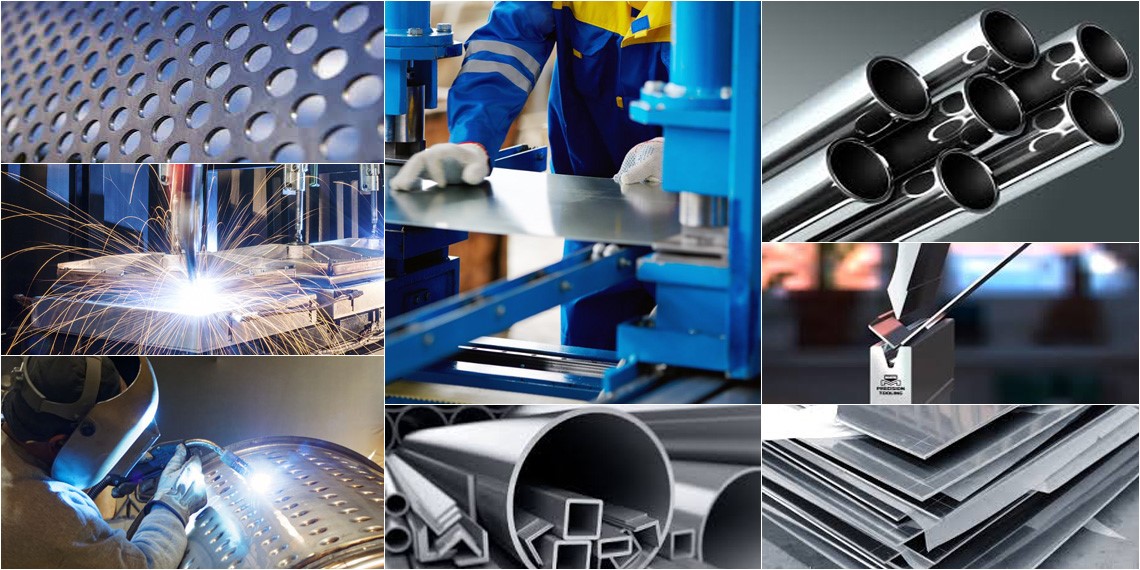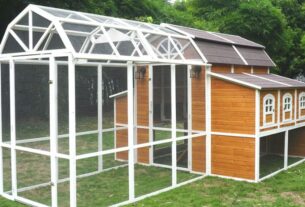Do you know the sheet metal fabrication industry is huge? It’s huge! Its global market size was a whopping USD 265 billion back in 2018! And let’s get this – it is expected to keep growing and getting stronger with a remarkable speed of 5% from 2019 to 2025. Sounds crazy, right?
So, the chances are you get how awesome sheet metal prototype fabrication is for product development if you are a product designer (especially for consumer stuff). But don’t stress if you don’t know how sheet metals are fabricated or what are the best design practices for sheet metal structures. It is because we have answered your concerns here.
Let’s follow this guide and demystify the world of sheet metal prototype fabrication together!
Thickness Requirement for Sheet Metals
Are you a product designer and thinking of sheet metals as just flat pieces of metal? Well, you are right here, but there is more significance than this!
Understand this – sheet metals are usually between 0.006 inches and 0.25 inches thick. Do you know what we call anything that is thicker than 0.25 inches? We call those things “metal plates”.
And if it is thinner than 0.006 inches? That is more like “foils” or “leaf metals”. So yeah, it is not just about being flat!
Variety of Effective Processes
In sheet metal fabrication processes, workers usually start with flat metal pieces. Then, they use various processes to shape them into structures or products. These processes include the following three:
- Cutting Process
- Bending Process
- Assembling Process
Let’s understand each one in detail below.
- The Cutting Process: When we talk about cutting in sheet metal fabrication, we are talking about cutting and shaping the metal. So, the workers make precise cuts to shape it accordingly.
- The Deformation Process: In the deformation process, the shape of the metal is deformed. So, the workers bend, stretch, and draw the metals. It is where specialized tools like press brakes and metal stamping presses are more often used.
- Assembly: Thirdly, in the Assembly process, the workers join different sheet metal parts together. They use fasteners and weld them. Moreover, they use tactics like arc welding or electron beam welding, etc to assemble metal.
So, metal prototyping services use advanced fabrication techniques to quickly bring your metal product ideas in front of everyone.
Pros of Sheet Metal Prototyping
It’s a fact that sheet metal prototyping is like a game-changer for companies and businesses. This is because it cuts out all the guesswork in manufacturing. Furthermore, these prototypes are like real-life versions of your design ideas.
They let you test how they work and spot any issues before you start making them for real. At first glance, the initial cost of sheet metal prototype fabrication looks like a headache. But it’s a smart move in the long run. So, let’s be honest here!
You could end up with a whole bunch of units full of errors if you dive straight into full-scale manufacturing without testing. And trust me, fixing those mistakes later would cost you way more than investing in prototypes upfront.
Best Design Practices for Sheet Metal Prototypes
The following tips for cost-effective sheet metal prototyping will help the product designers:
- Make sure your holes are at least as big as the sheet metal thickness to prevent tool damage.
- Only apply tight tolerances to features crucial for your prototype’s function.
- Keep bend radii larger than or equal to the sheet metal thickness to simplify the fabrication process.
I hope you found these design practices helpful in streamlining your sheet metal prototype fabrication process. So, keep innovating, and happy metal sheet prototyping!




